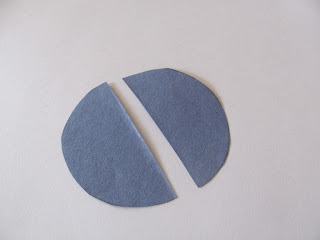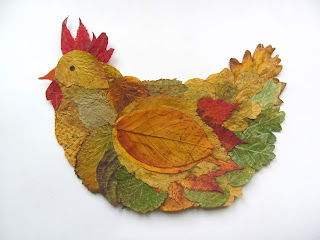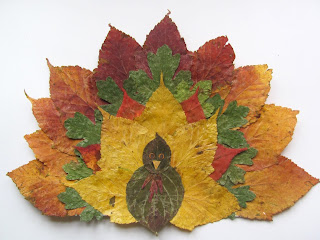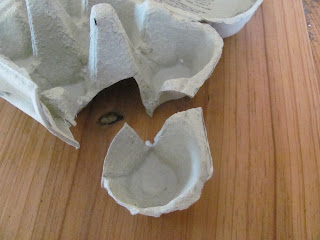It's the gnomes turn to take centre stage!
There's already a Brian the Lion tutorial here, and this project shows you how to make the little blue, beardy gnomes that Brian meets during his adventures in my book, 'Brian the Lion goes into Space.'
They're very simple to do - just corks and cotton wool!
You will need:
Cork (wine cork shape or cava/champagne shape)
Paint
Scissors
Blue paper (or plain paper coloured blue)
Cotton wool
Glue stick
PVA craft glue
Black felt-tip pen or gel pen
1. First, paint your cork light blue (mix a little blue with a lot of white) The champagne style corks have an obvious head shape.
2. Cut a strip of blue paper (or colour-in plain paper) Make it few cm's wide, so it's about half the length of the cork. Cut a piece that's long enough to wrap around the cork with a little overlap.
3. If you have a glue stick, rub this over your strip of paper and glue in place. With craft (pva) glue, it might be easier to brush a thin layer on the bottom half of the cork and wrap your paper piece around it, adding a tiny dab more glue where the paper overlaps.
4. Cut another thinner strip for the arms - it needs to go around the back of the cork with the arm length even on both sides. You can round off the strip ends for hands if you want, or leave them as they are. Glue in place.
5. For the gnome's shoes, place the cork on the paper and draw around it, but extend your circle shape out a bit at the front (see pic)
Cut out, and mark a 'V' shape in the middle of extra front bit that sticks out, to define the shoes. Snip out the 'V'. Glue the rest under the cork.
6. For the gnome's beard, take a small piece of cotton wool - we unwrapped a cotton ball and used one end of it. Decide how long you want your gnome's beard to be, then gently pull a hole in the cotton wool just above your chosen beard size.
7. Brush a layer of craft glue over the top and sides of the gnome's head and a little on his front, below his head, but leave a space for his face. Carefully press the cotton wool into place, around the face. Try not to get glue on your hands or his beard will stick to your fingers! Gently tease the cotton wool down at the back and sides, to cover the head, and cut any extra off. Press and trim the front too, until you're happy.
For the gnome's hat, draw around something like the base of a small glass, or jar or beaker, and cut the circle out. Fold it in half and cut along the crease. Rub or dab some glue along half the straight edge and carefully fold and bring the sides together to make a small cone shape. Press with your fingers until the glue holds.
You could glue the hat on, or leave it, so your gnome can take a nap.
Because of course, they sleep on their heads...



































































